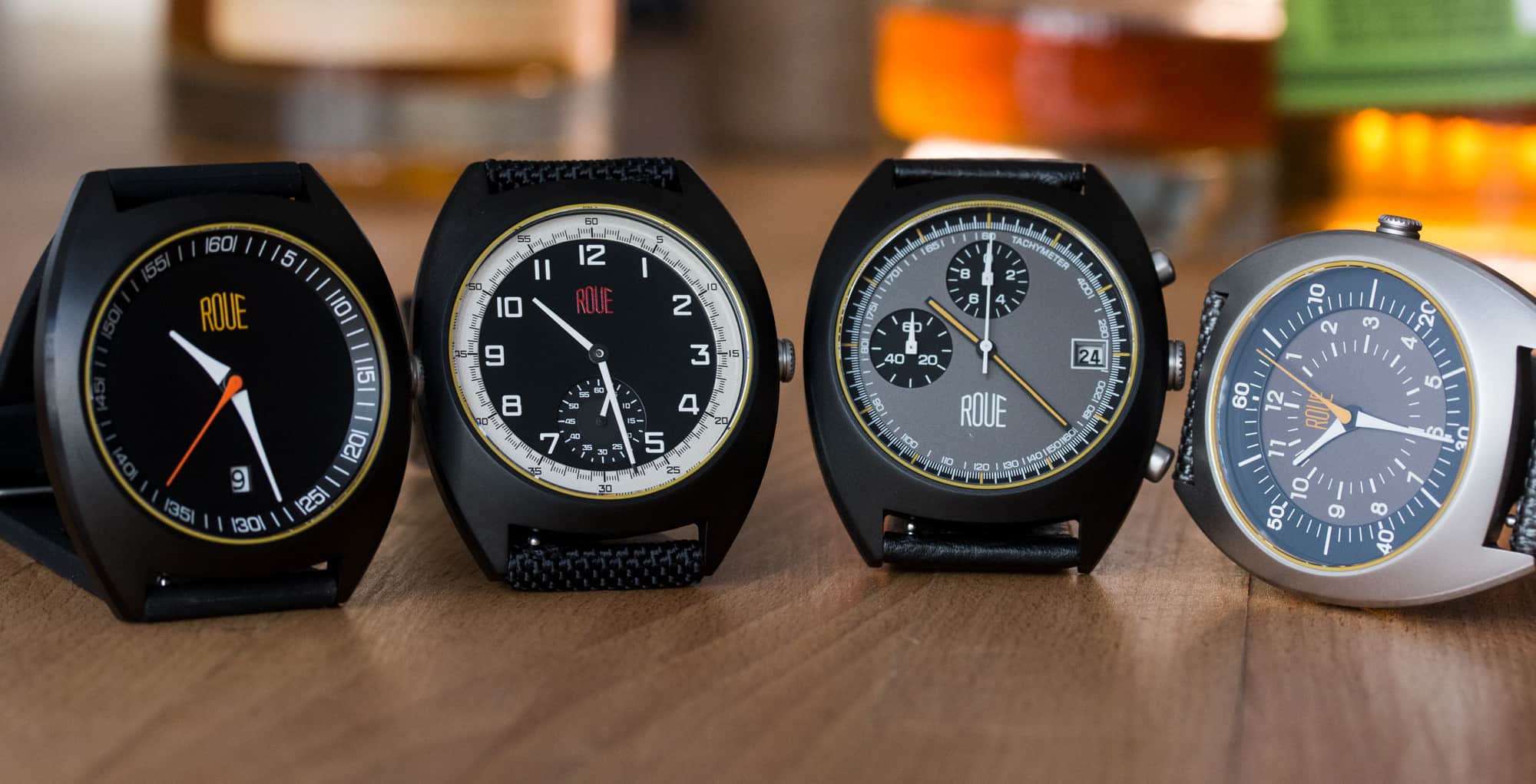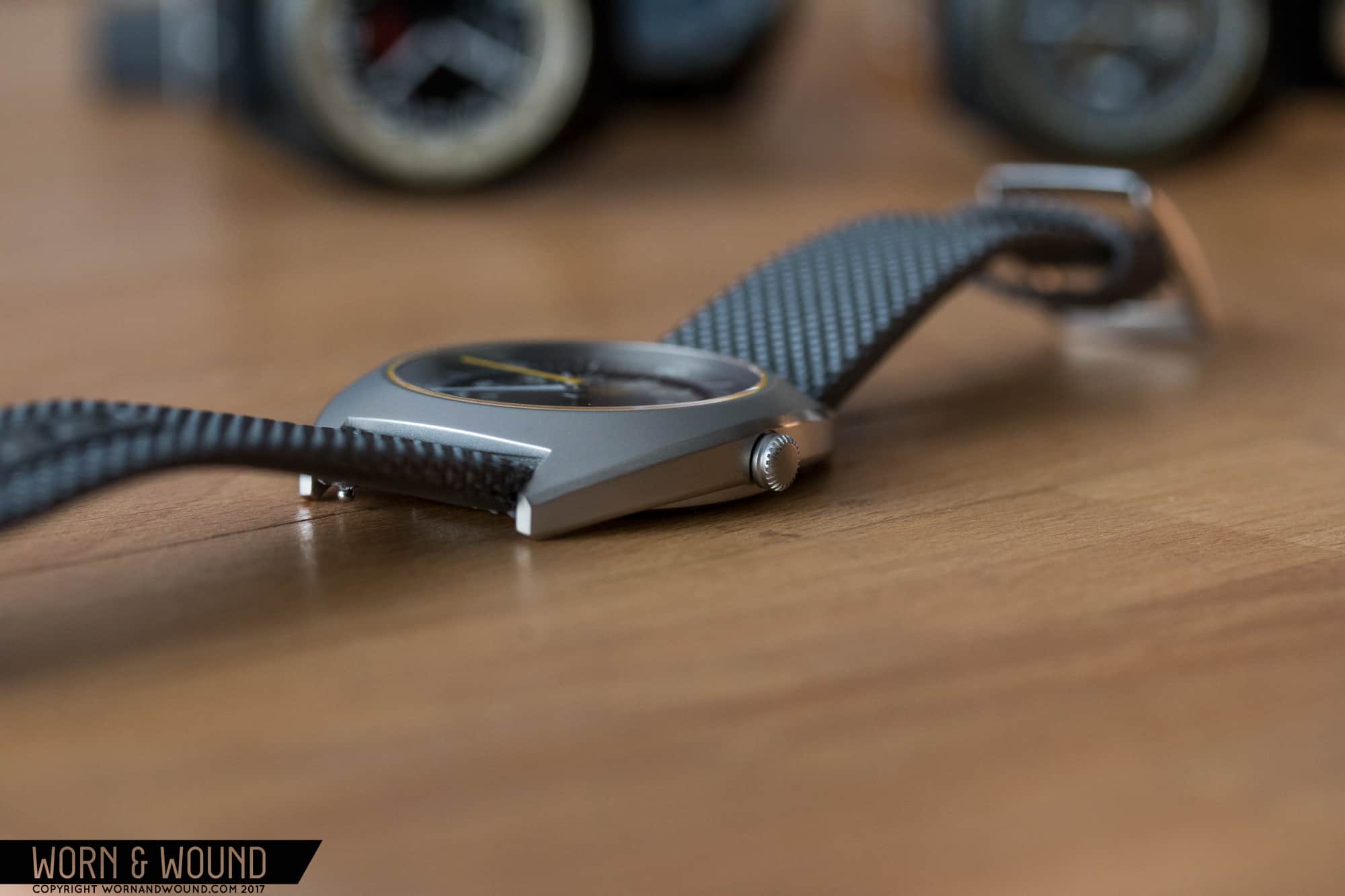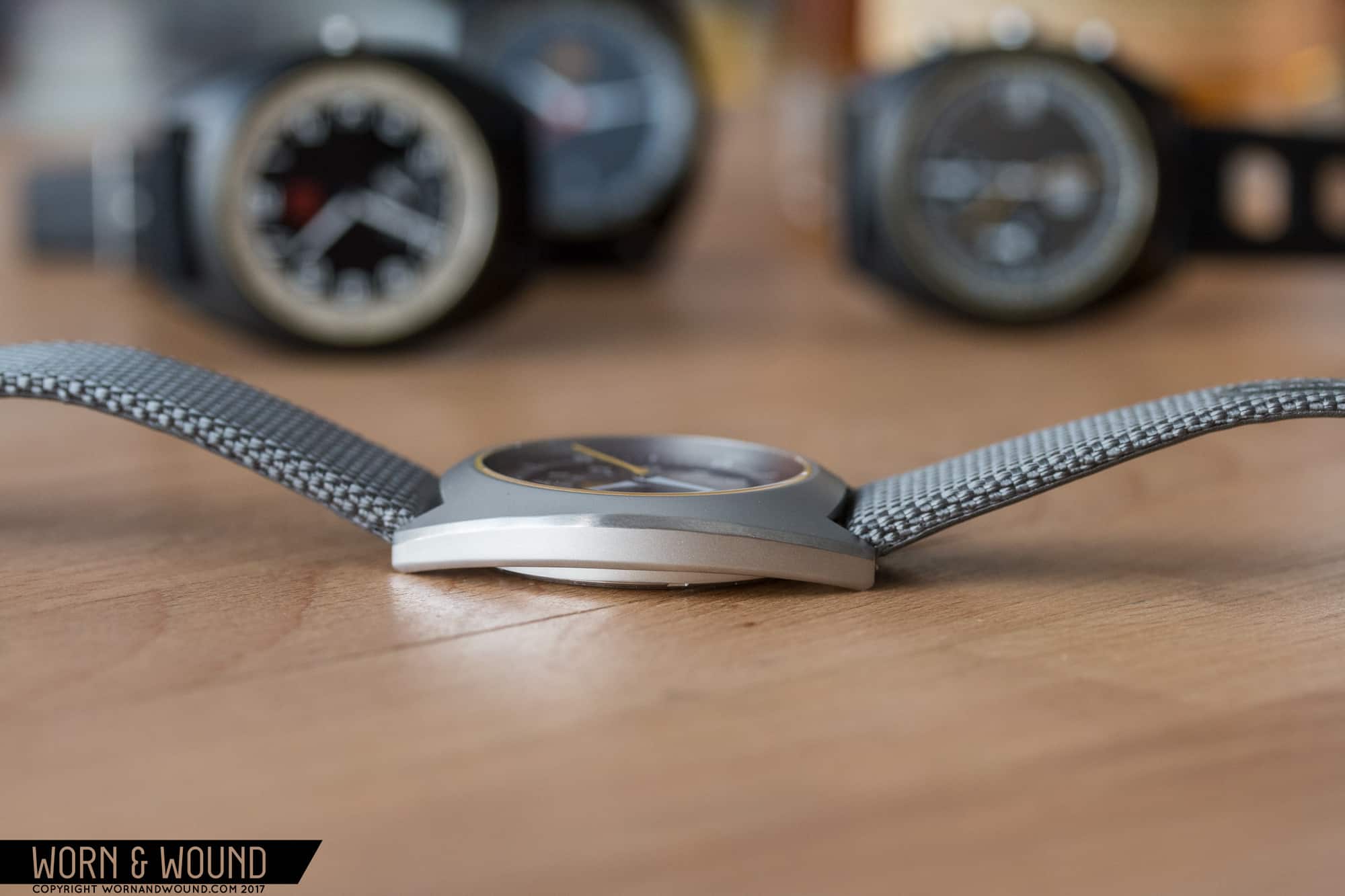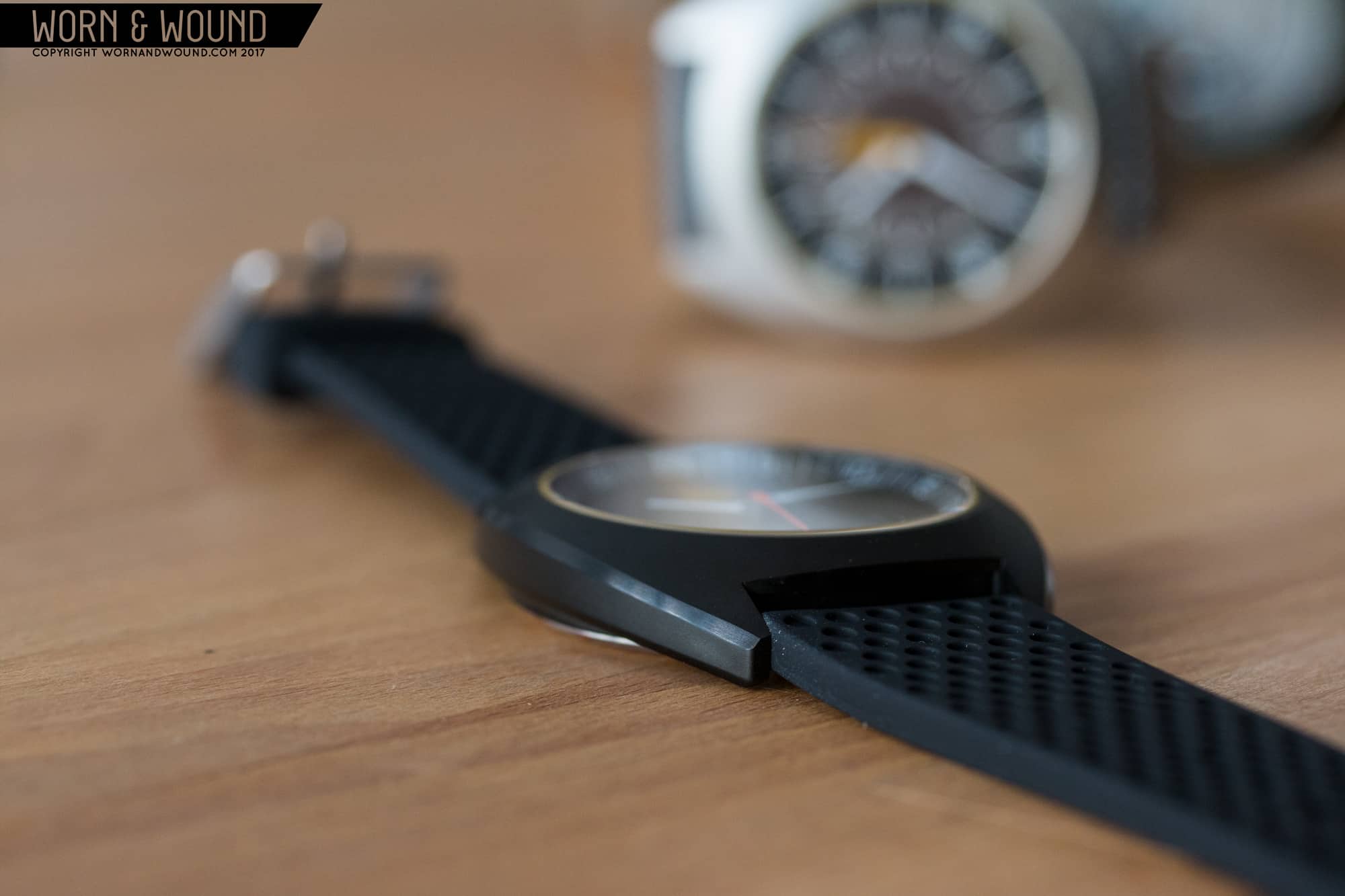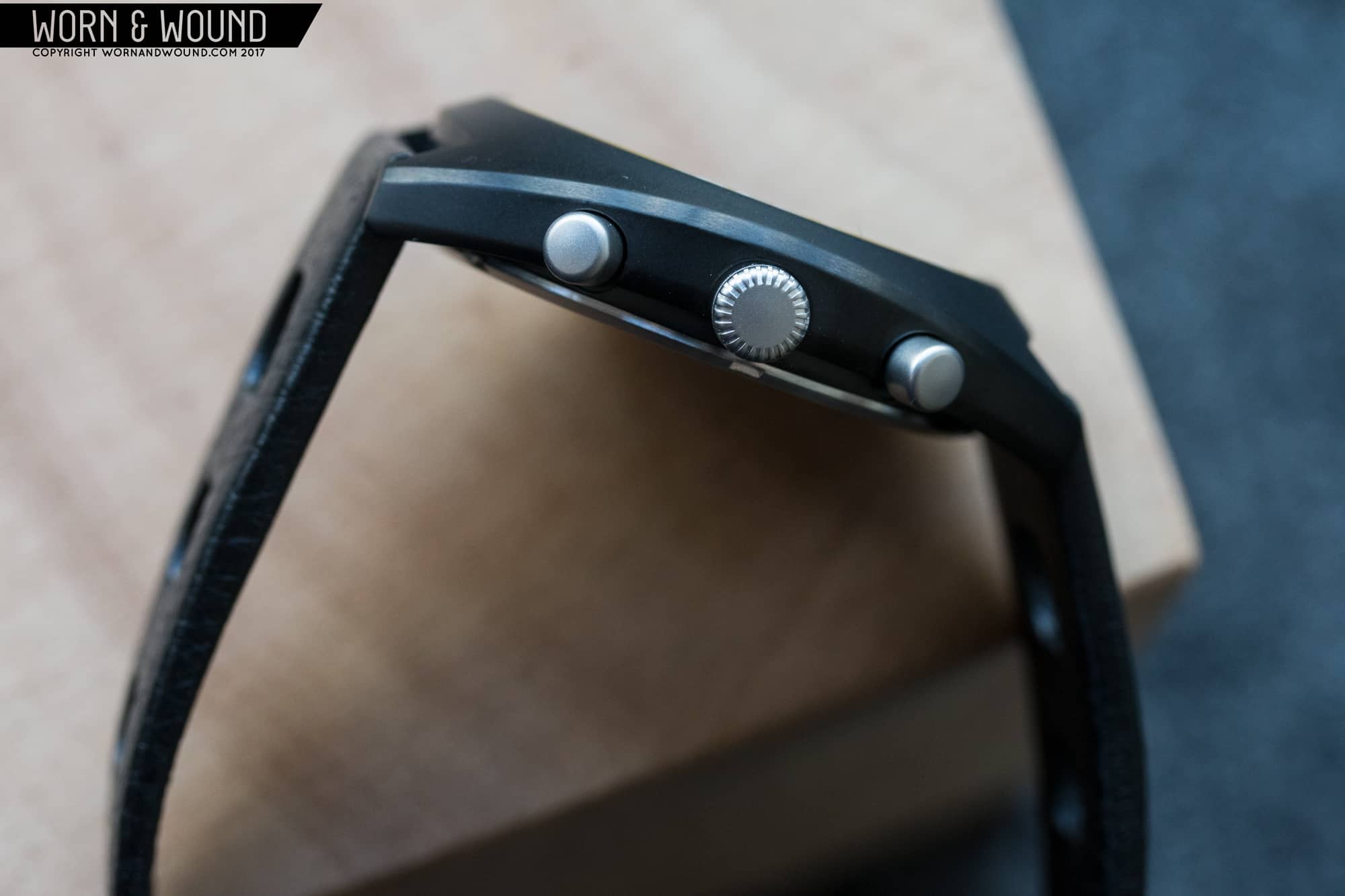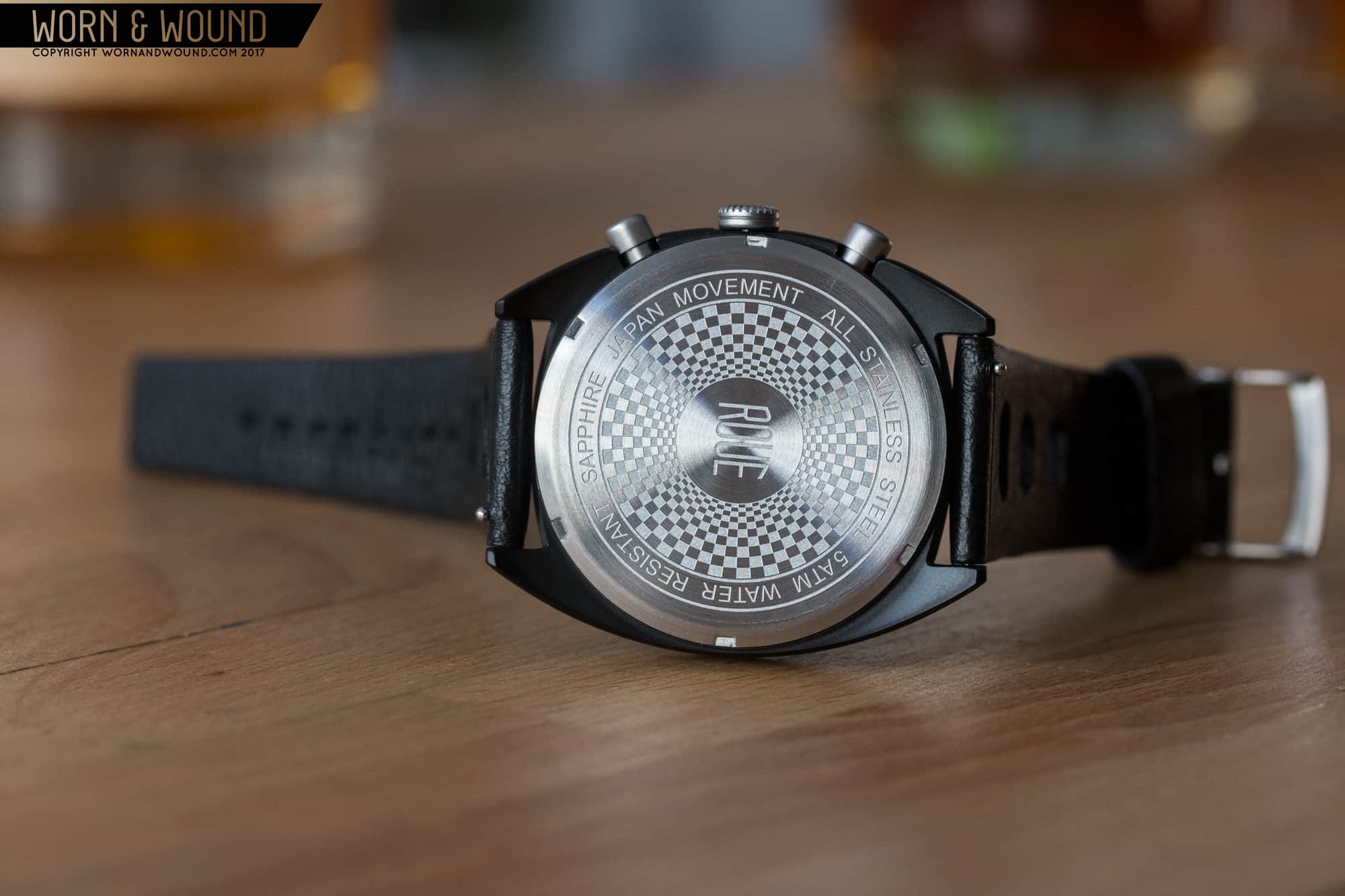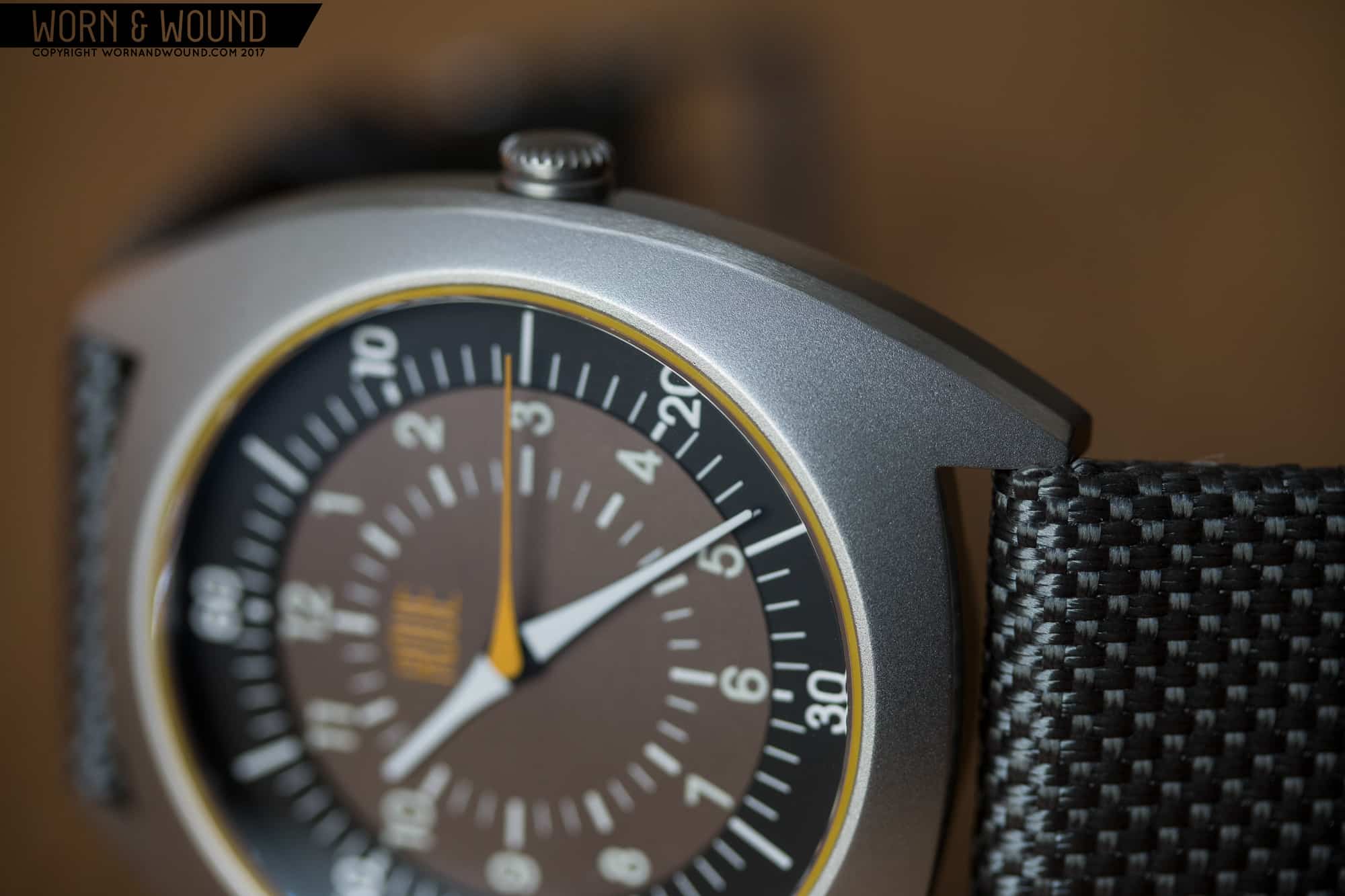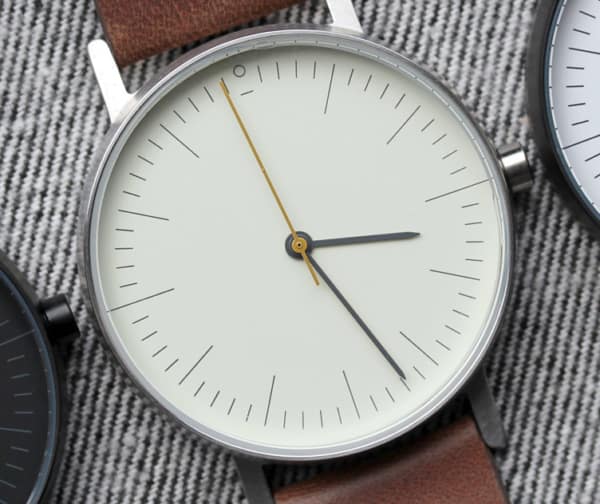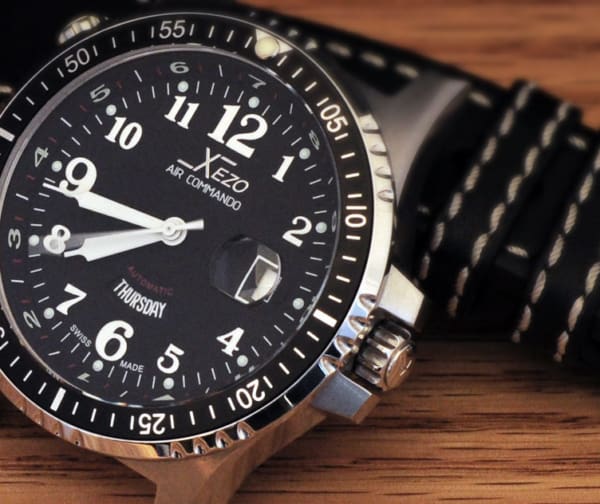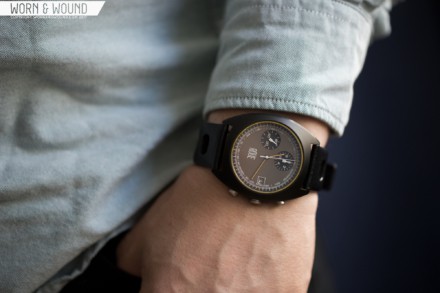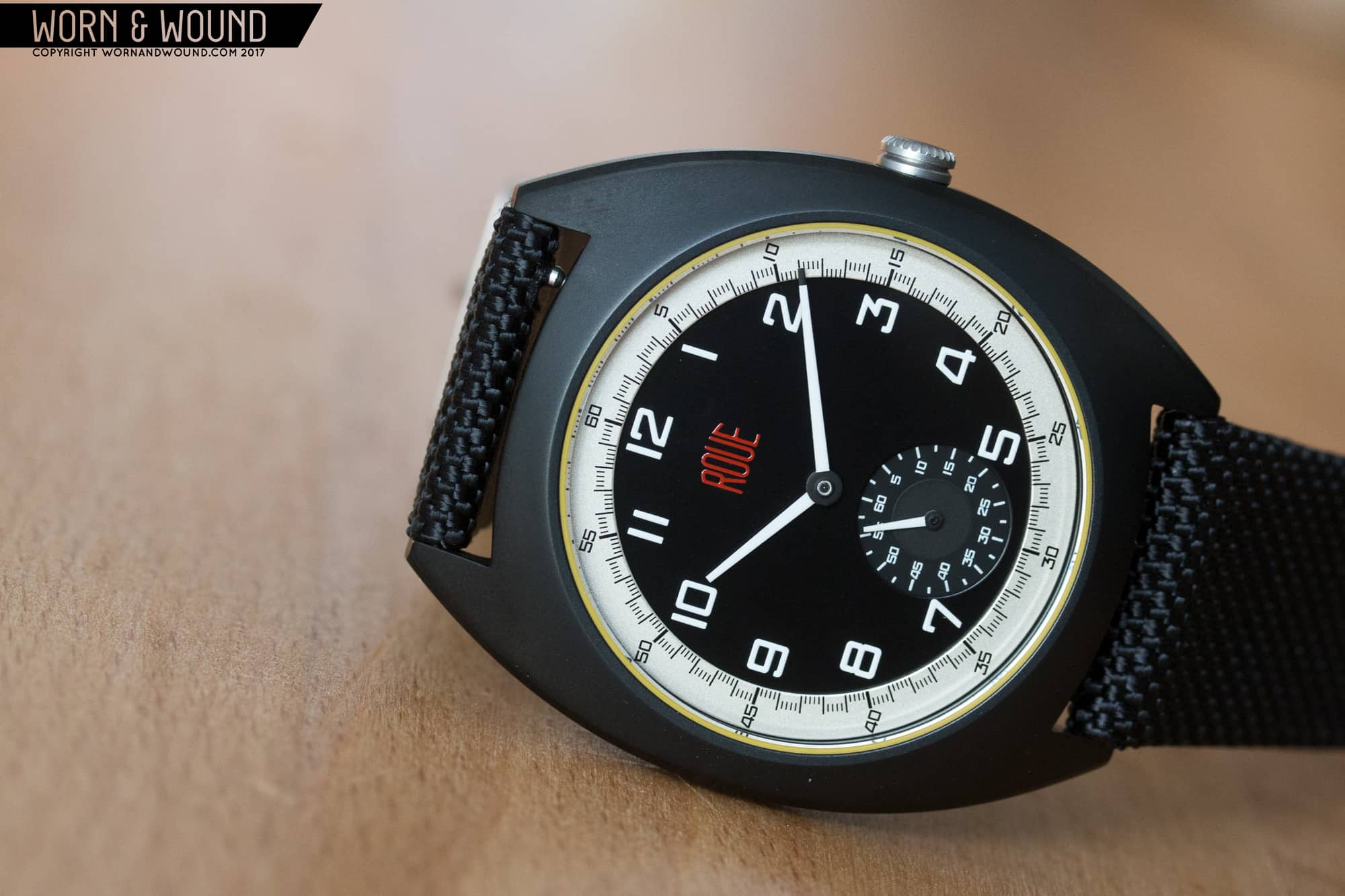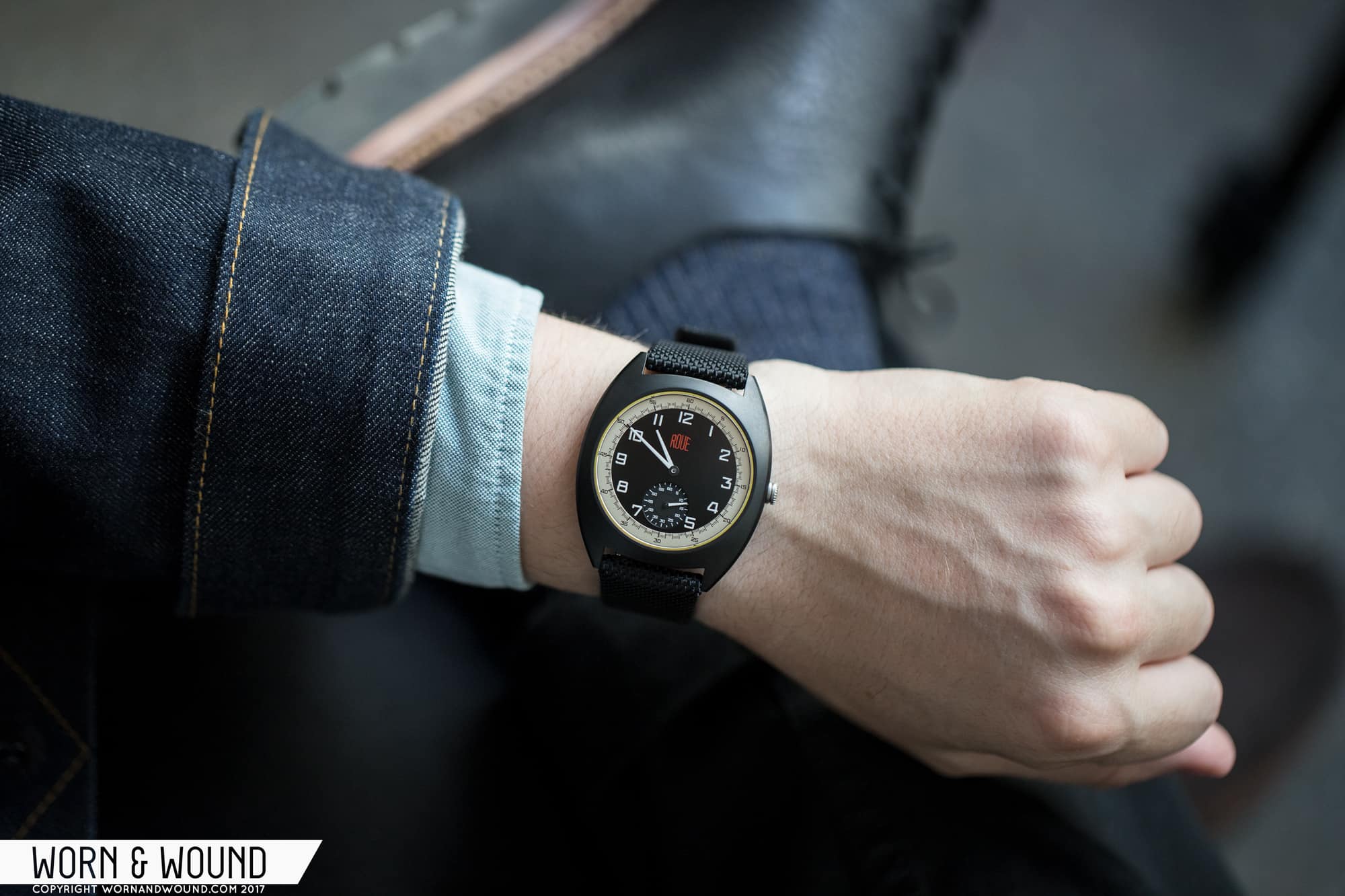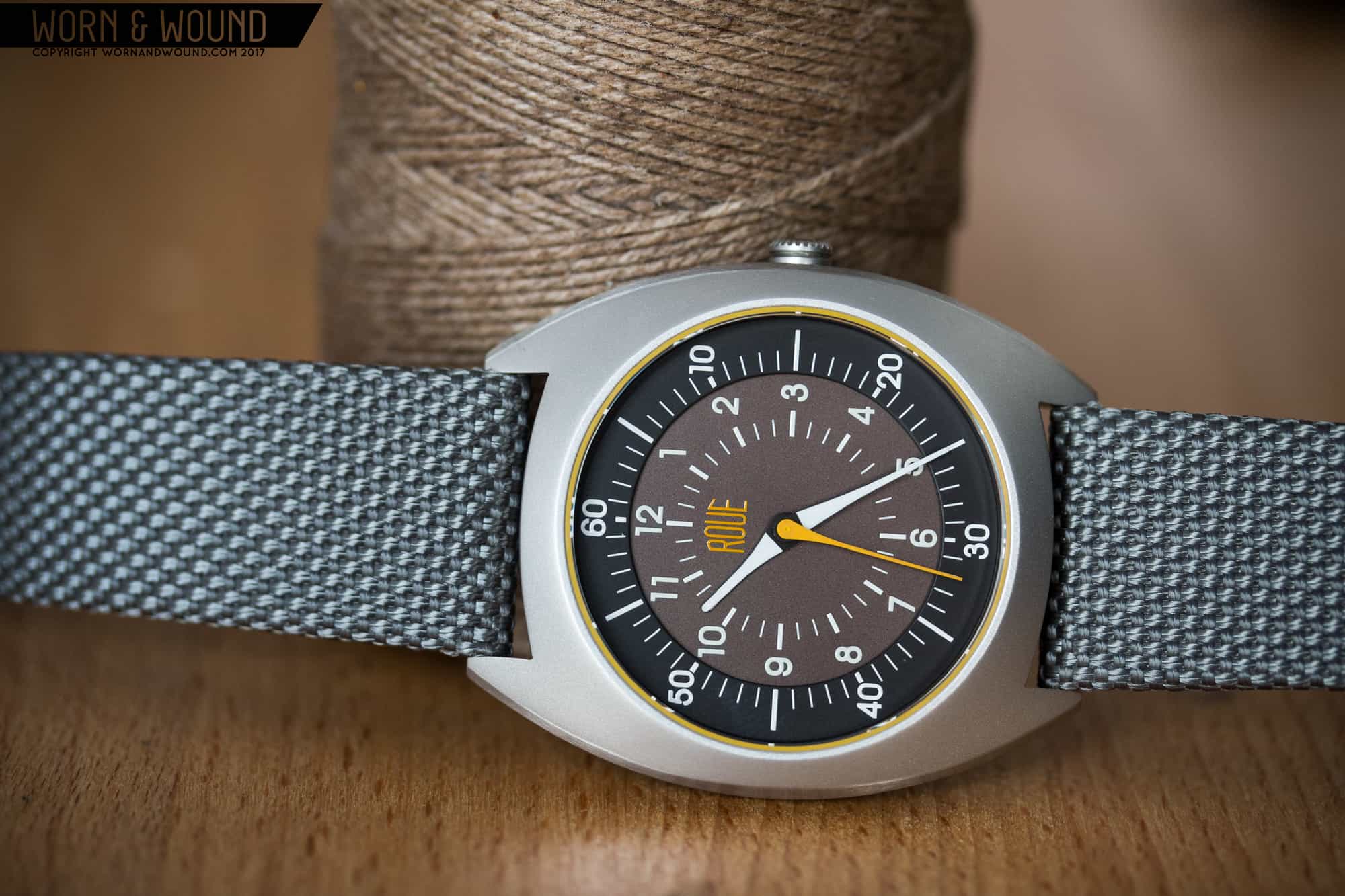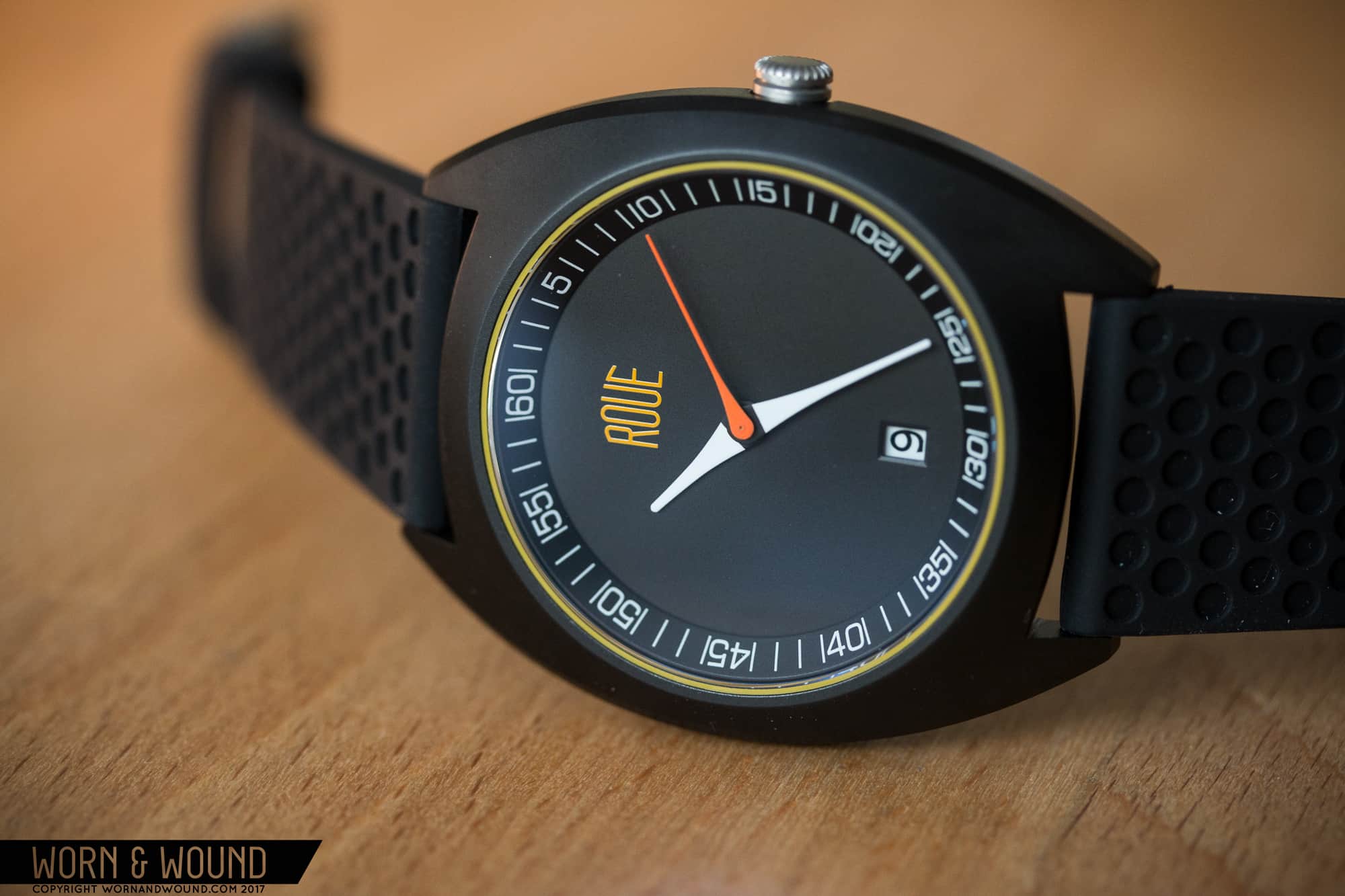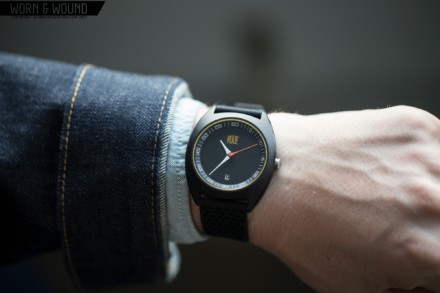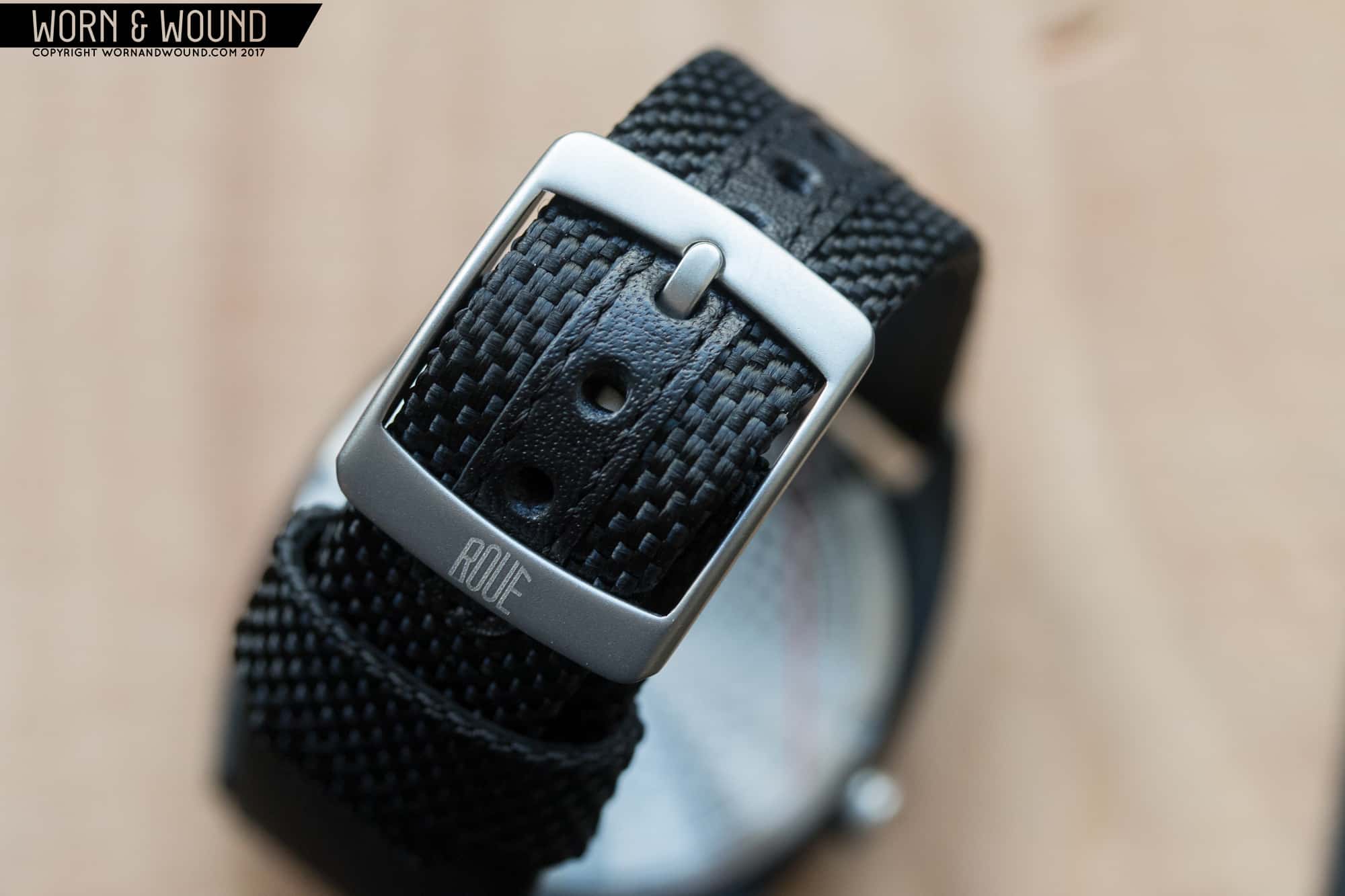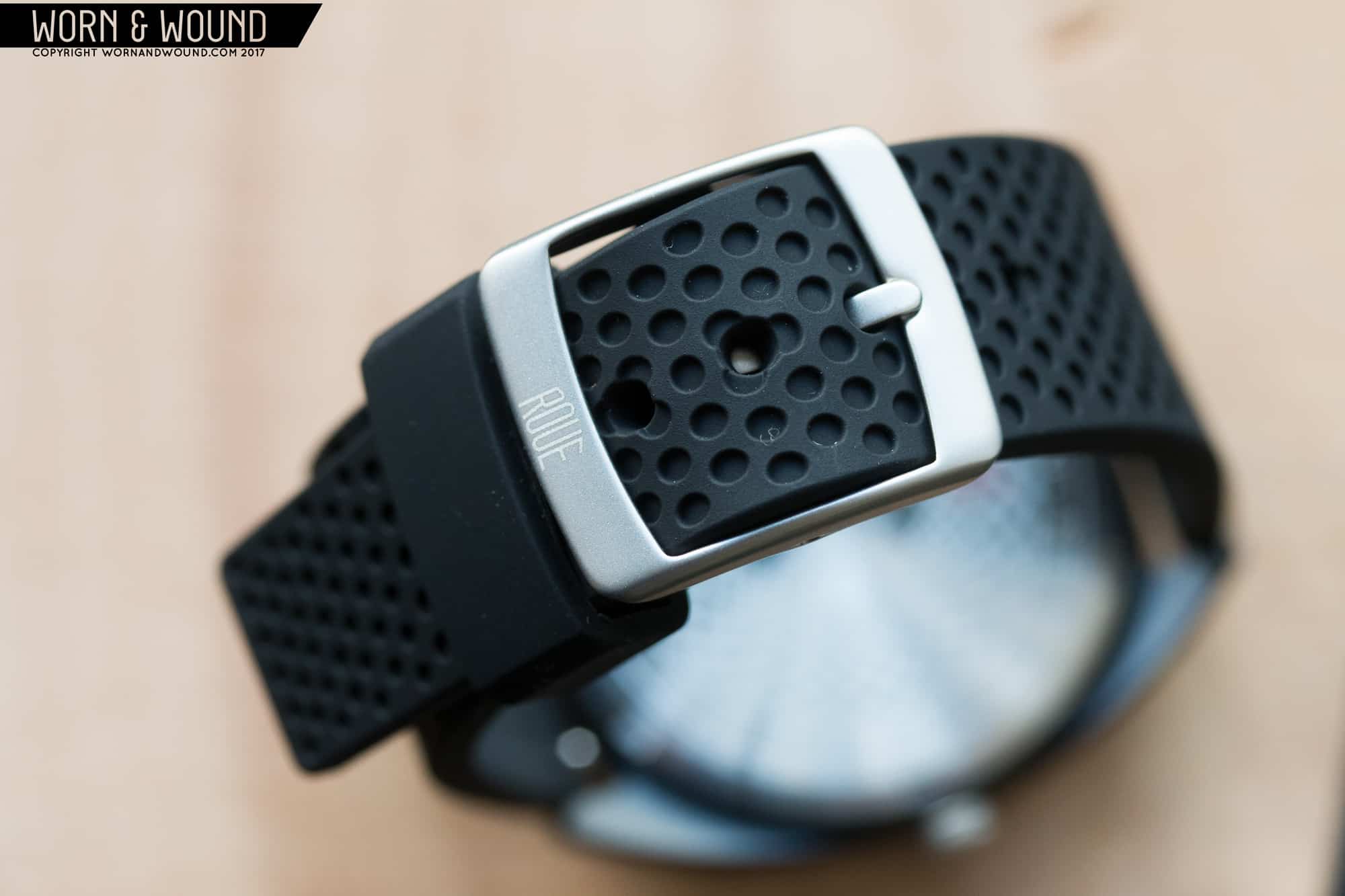Like most endeavors, freshman efforts in watchmaking are rarely the strongest. Designers are still figuring out their brand’s language, parts are tough to source and even tougher to design, and there’s the simple fact of money to be considered; it takes a lot of cash to start your own watch brand, and most startups aren’t exactly rolling in it. Every once in a while, however, there’s a newcomer on the scene who seems to have these issues just about figured out. The kind of new brand that seems destined for future greatness. Alex Iervolino and his inaugural offerings at Roue seem to point to stunning things down the road, but does this upstart brand’s “first album” warrant buying into on its own?
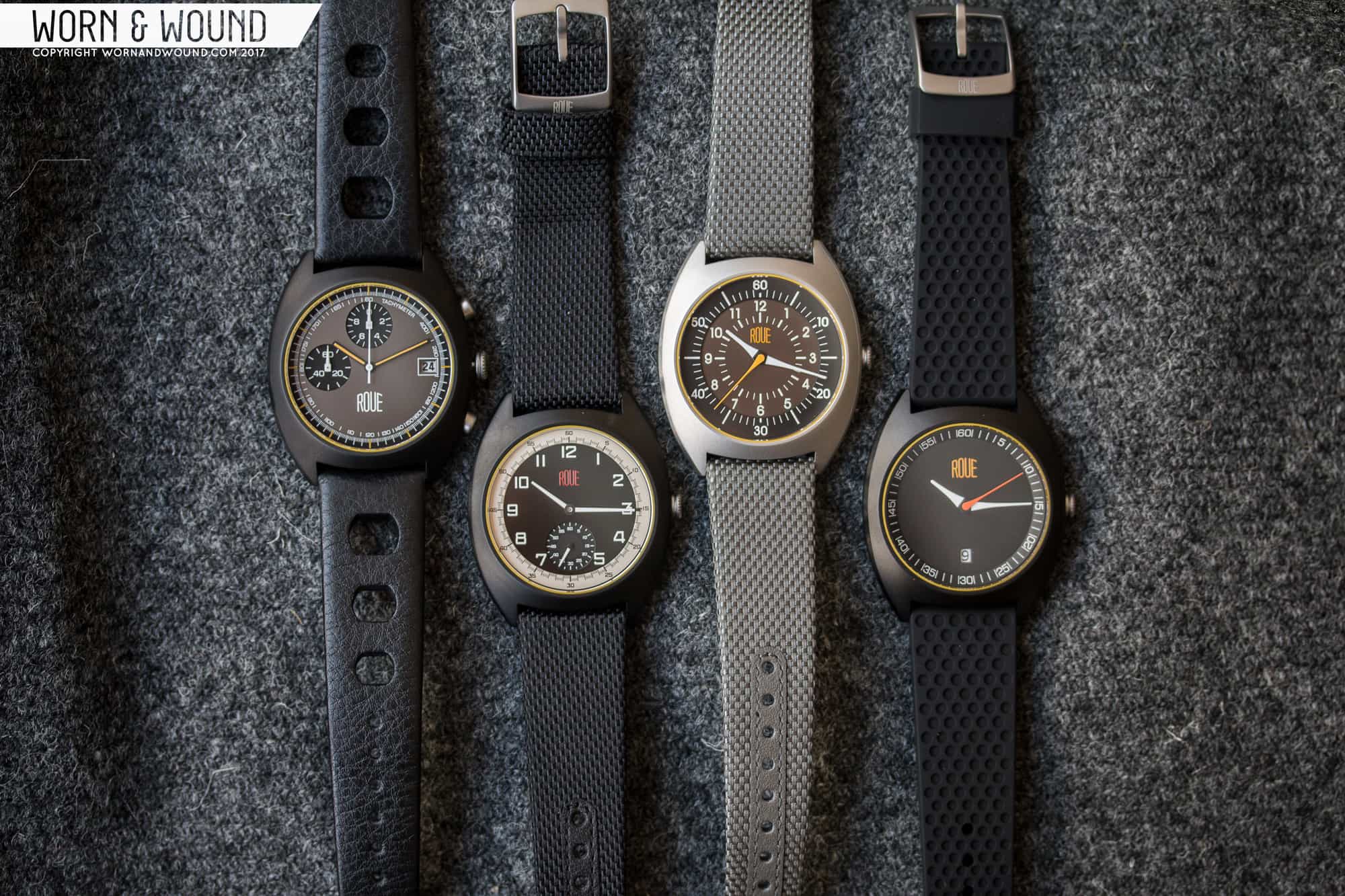
On paper, there’s something for just about everyone here. In this first group of four quartz pieces are a ‘70s-inspired chronograph (the CHR), an automotive-inflected sub seconds (the SSD), a field watch with serious Braun vibes (the HDS), and a fresh take on the minimalist three-hander (the CAL). That said, breadth doesn’t always equate to quality, so let’s dive a bit deeper with some of the case and dial combinations we have here.









 Featured Videos
Featured Videos




